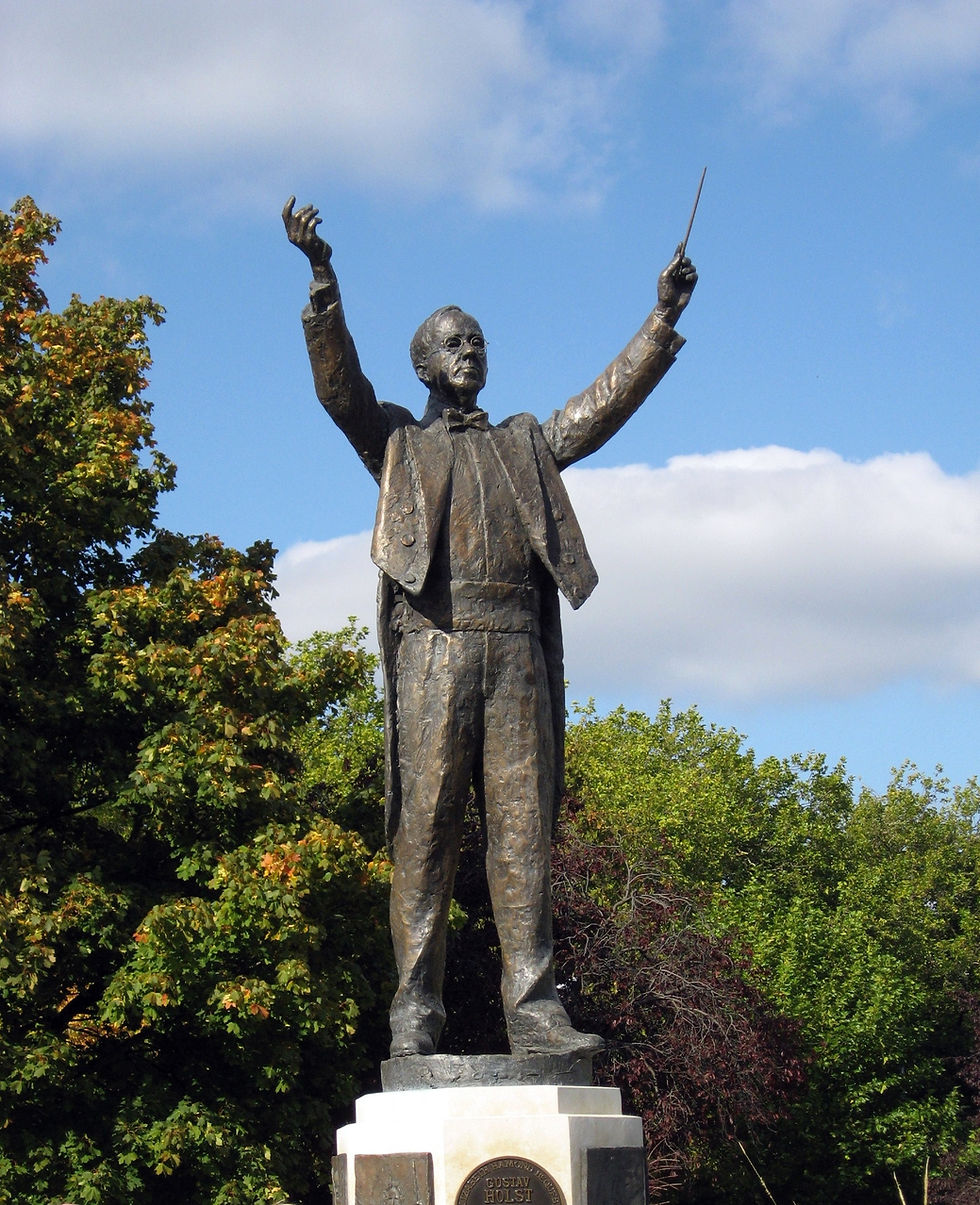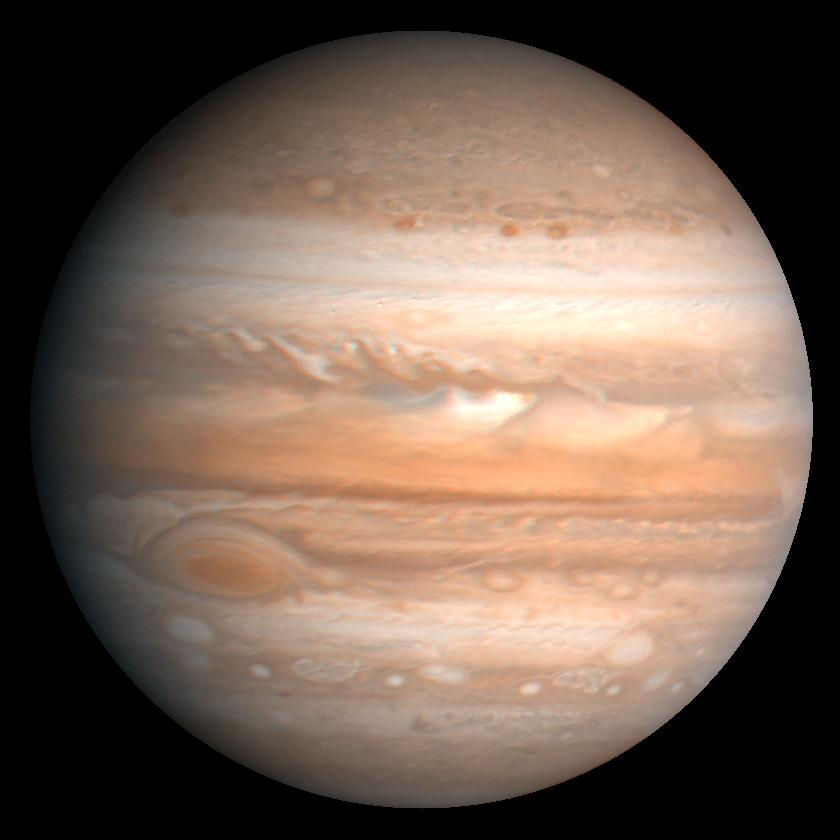Bringer of planetary music
- James Tyler
- Aug 17, 2023
- 2 min read
Think about outer space and music, and it’s not unlikely that David Bowie’s “Space Oddity” comes quickly to mind.
But long before Bowie told his story in 1969 of the travails of astronaut Major Tom, the English composer Gustav Holst brought the planets of our solar system to life with his famous orchestral suite.

“The Planets” is the seven-movement orchestral suite, Op. 32, Holst composed between 1914 and 1916.
Each movement represents the planets of the solar system that could be seen from Earth then. So, no Pluto. And no Earth because it has no astrological significance.
That’s because Holst focused on the planets’ astrological character with this work.
So, for instance, the suite opens with “Mars, the Bringer of War.”

Mars was the Roman god of war, and this piece has an undeniable militaristic sound with its exciting percussive force.
You can’t help but hear its influence years later on John Williams when he created the soundtrack to “Star Wars” with its “Imperial March.”
The other movements include “Venus, the Bringer of Peace,” slower and ethereal, as Venus was the Roman goddess of love. There’s also “Mercury, the Winged Messenger,” “Jupiter, the Bringer of Jollity,” “Saturn, the Bringer of Old Age,” “Uranus, the Magician,” and “Neptune, the Mystic.”
The music of each movement wonderfully expresses Holst’s impression of the ancient gods, which we see as the planets.

So even though Holst said he was more into astrology than astronomy, and the personalities of the planets was his inspiration rather than their scientific aspects, “The Planets” has made audiences consider the other worlds of our solar system for more than 100 years.
There is something mystical about the planet Neptune with its swirling blue clouds. And who doesn’t associate Mars, the red planet, with war?
Jollity for Jupiter? That one is odd, but the music sounds like Jupiter – extreme grandeur.

The first public performance of “The Planets, Op. 32” was in 1920, and it was an instant success, according to Brittanica. Many symphony orchestras have performed “The Planets” since that first performance.
On YouTube, you can find numerous videos to enjoy that feature the suite accompanied by detailed images and videos of the planets and their moons, such as this one: Gustav Holst- The Planets, Full Suite - YouTube
Holst’s original inspiration may have been astrology and horoscopes, but there’s no denying the power of matching his dramatic music to the beauty of the real planets.
That’s something to be jolly about.



Comments